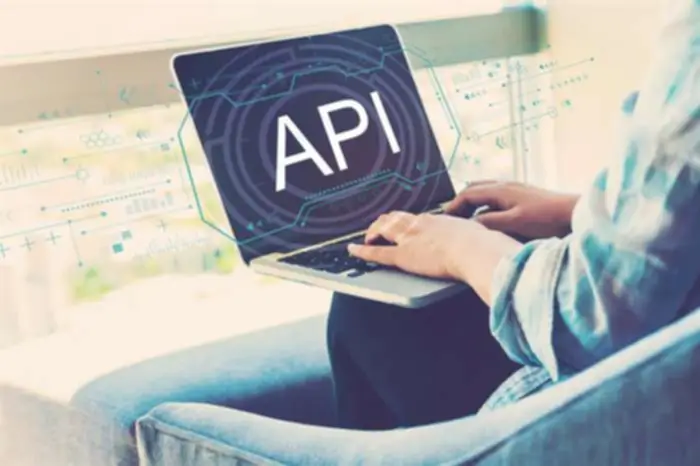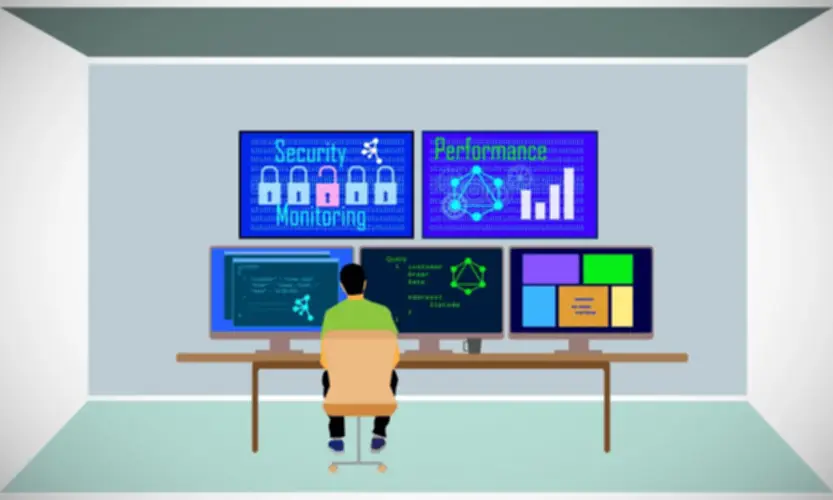Researchers and engineers are repeatedly creating new AI algorithms and robotic methods, enhancing their capabilities and paving the greatest way for future developments. In phrases of software, AI could be built-in into varied domains, including healthcare, finance, and transportation, to enhance efficiency and decision-making. Robotics, then again, finds purposes in fields similar to manufacturing, space exploration, and healthcare, the place physical interaction and manipulation are required. Synthetic intelligence (AI) and robotics are two interconnected fields that have gained important consideration in latest years. Both AI and robotics are concerned with the development and utility of intelligent methods, but they differ of their focus and method.
They can be used to automate repetitive duties, enhance efficiency, and contribute to safer work environments. Moreover, intelligent robots can assist in situations where it’s dangerous or unimaginable for people to go, such as exploring hazardous environments or performing remote surgical procedures. Robots, then again, are bodily machines which are designed to perform duties autonomously or with human guidance. Nevertheless, the combination of AI and robotics has opened up a world of potentialities. AI offers robots the ability to perceive and understand their environment, compute complicated duties, and work together with humans and different objects. By incorporating AI into robotics, we are able to create extremely autonomous and clever machines that may carry out a extensive range of duties.
Some robots use AI, but not all robots want it, and lots of AI methods operate without robots. Though there are fairly a number of differences between robotics and Synthetic Intelligence, they are two branches that benefit from each other. Generally, robots work inside strict pointers to automate duties and allow people to give attention to the duties that require intelligence. Accordingly, the use cases of robots are restricted to duties corresponding to cleaning, carrying packages from one place to another, garden mowing and comparable others.
The Future Of Synthetic Intelligence And Robotics
AI entails programming systems to learn from knowledge, acknowledge patterns, remedy problems, and make choices. It encompasses numerous strategies, similar to machine learning, neural networks, and natural language processing. Whereas robotics also dabbles with automation, it additionally combines with different fields—mechanical engineering, laptop science as well as, in many instances, AI. AI-driven robots can carry out functions and tasks expected of them autonomously with machine studying algorithms. AI robots can be explained higher as intelligent automation functions by which robotics supplies the physique while AI supplies the mind.

Why Software Program Robots Usually Are Not Robots

Robotics focuses on bodily methods and the ability to work together with the bodily world. Additionally, the integration of robotics with synthetic intelligence will allow robots to adapt and be taught in real-time, making them extra adaptable and capable of handling advanced tasks. This opens up new potentialities for robots to work alongside people in collaborative environments. Robotics is a area that combines the disciplines of engineering, laptop science, and synthetic intelligence (AI) to design, develop, and use robots. These robots have the flexibility https://www.globalcloudteam.com/ to perform duties autonomously or with human supervision, making them incredibly versatile and useful instruments in a variety of industries and functions.
- With the speedy advancements in know-how, the boundaries between AI and robotics have become blurred, typically leading to confusion about their distinct roles and capabilities.
- AI can be utilized to equip robots with the flexibility to course of information, study from their setting, and make clever selections to perform duties autonomously.
- Artificially clever robots might soon be coming to your house, if they aren’t there already.
- These AI techniques can process giant quantities of knowledge, study from it, and make predictions or selections primarily based on the patterns they determine.
- In contrast to robots, machines with synthetic intelligence (AI) are designed to perform particular duties without bodily embodiment.
AI and robotics are impartial fields of engineering and the overlap between them is comparatively small. In Accordance to Robotiq, Even when AI is used to regulate robots, the AI algorithms are solely a half of the larger robotic system, which additionally consists of sensors, actuators and non-AI programming. In this information, we’ll take a closer look at artificial intelligence, robotics and what distinguishes them. In Japan, the education ministry is planning to spend nearly half a million dollars to roll out AI robot teachers to 500 lecture rooms throughout the country technology trends. Robotics schooling encourages students to assume analytically and apply their knowledge in sensible methods.
AI, however, allows machines to learn from data, make choices, and solve problems without express programming. It encompasses varied techniques corresponding to machine learning, natural language processing, and laptop imaginative and prescient. By understanding these key variations, we are ready to recognize the distinctive capabilities and functions of AI and robotics in different domains.
This collective learning approach, often recognized as swarm intelligence, permits robots to cooperate and clear up complicated issues collectively. By leveraging the combined how ai is used in robotics information and capabilities of a gaggle of robots, AI promotes higher effectivity and effectiveness in numerous tasks. Through AI, robots are capable of understand and understand their surroundings, make selections, and take actions accordingly. AI has the potential to rework training by personalizing learning experiences and enabling clever tutoring systems. AI algorithms can analyze pupil efficiency data to establish strengths and weaknesses, and adapt the learning content material accordingly.
Can exist purely as software without any bodily form, simulating human intelligence to perform tasks like reasoning and decision-making. Machine learning and AI help robots to see, walk, converse, scent and transfer in increasingly human-like methods. One advantage of robotics is that the know-how increases safety in work environments, productiveness, effectivity, and precision in varied industries. In common, most artificially clever robots only use AI in one particular aspect of their operation. The robot’s actions aren’t actually managed by AI (though the output of the object detector does affect its movements). Robots are programmable machines that are usually in a position to carry out a collection of actions autonomously, or semi-autonomously.
They have bodily elements and mechanisms that allow them to work together with the environment. On the opposite hand, robots are bodily units that can interact with their surroundings. They can perform physical tasks, manipulate objects, and are sometimes geared up with AI capabilities. Artificial intelligence (AI) and robots are often used interchangeably, but they aren’t the same thing.

Robots Vs Ai: Understanding Their Differences
Without AI, robots can be restricted to pre-programmed actions and lack adaptability. In conclusion, the sector of robotics presents each exciting prospects and ethical challenges. The use of robots in numerous industries requires cautious ethical issues to ensure that they’re deployed responsibly, safely, and in a way that advantages society as a whole. The growing automation of duties has the potential to replace human employees, leading to job losses and economic inequality. It is essential to assume about how robotics can be used to reinforce human capabilities quite than exchange them completely.





